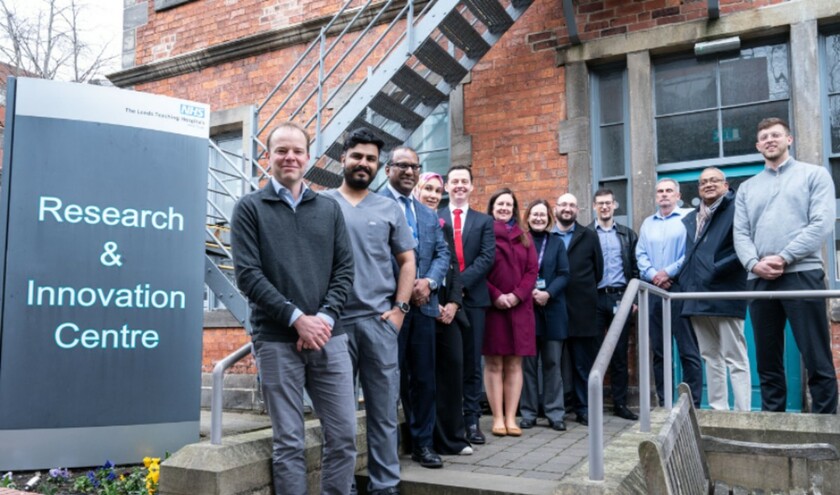The newly implemented software will act as a "second pair of eyes" for clinicians, identifying up to 85 different findings, including findings suggestive of lung cancer, acute infections, and incorrectly placed feeding and breathing tubes, with results delivered in minutes.
Part of a regional project, backed by the NHS AI Diagnostic Fund and delivered through the Yorkshire Imaging Collaborative, LTHT has partnered with AI company Annalise.ai and vendor-neutral platform Newton's Tree to bring the tool to hospitals.
Dr Fahmid Chowdhury, consultant radiologist and clinical lead for the project at Leeds Teaching Hospitals, said: ‘This technology is about putting patients first. By helping busy frontline staff detect serious conditions quickly and accurately, Annalise's Enterprise CXR solution will support clinical decision-making and allow us to get patients the treatment they need faster. Such large-scale evaluations of the use of AI in everyday clinical practice should provide crucial information to inform our future use of AI to improve the quality of care that we provide to our patients.'
The software could also play a key role in patient safety, helping to detect critical conditions such as chest sepsis promptly and reducing the risk of avoidable complications, such as misplaced medical tubes.
Dr Aengus Tran, co-founder and chief executive of Annalise.ai, said: ‘This collaboration is a testament to our commitment to enhancing diagnostic accuracy and efficiency for the NHS with proven, highly sophisticated technologies.'
Haris Shuaib, chief executive of Newton's Tree and NHS consultant clinical scientist, added: ‘This is a strong example of how AI can be adopted responsibly and effectively when built around real clinical needs and backed by the right infrastructure.
'Our mission is to make AI easier to deploy, safer to use, and more valuable for both clinicians and patients across the NHS.'



